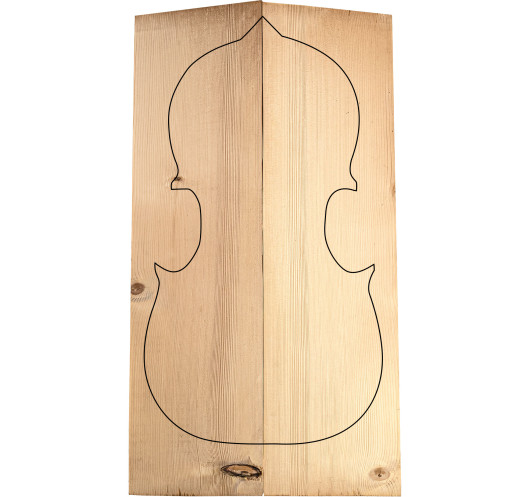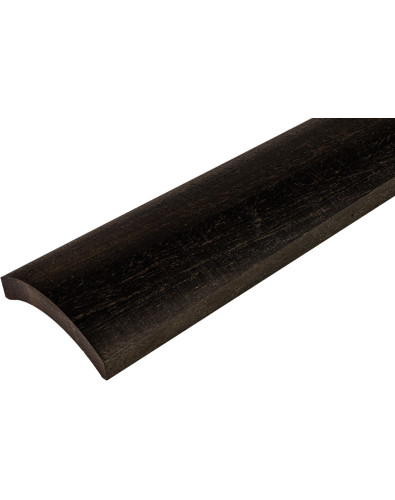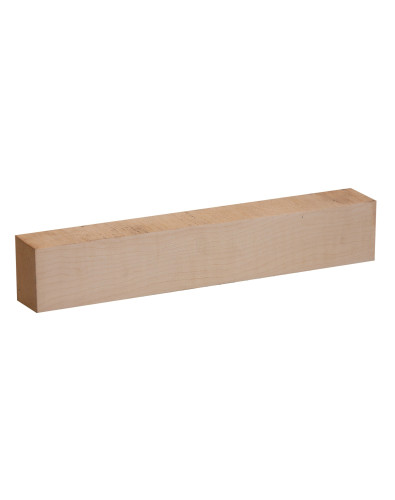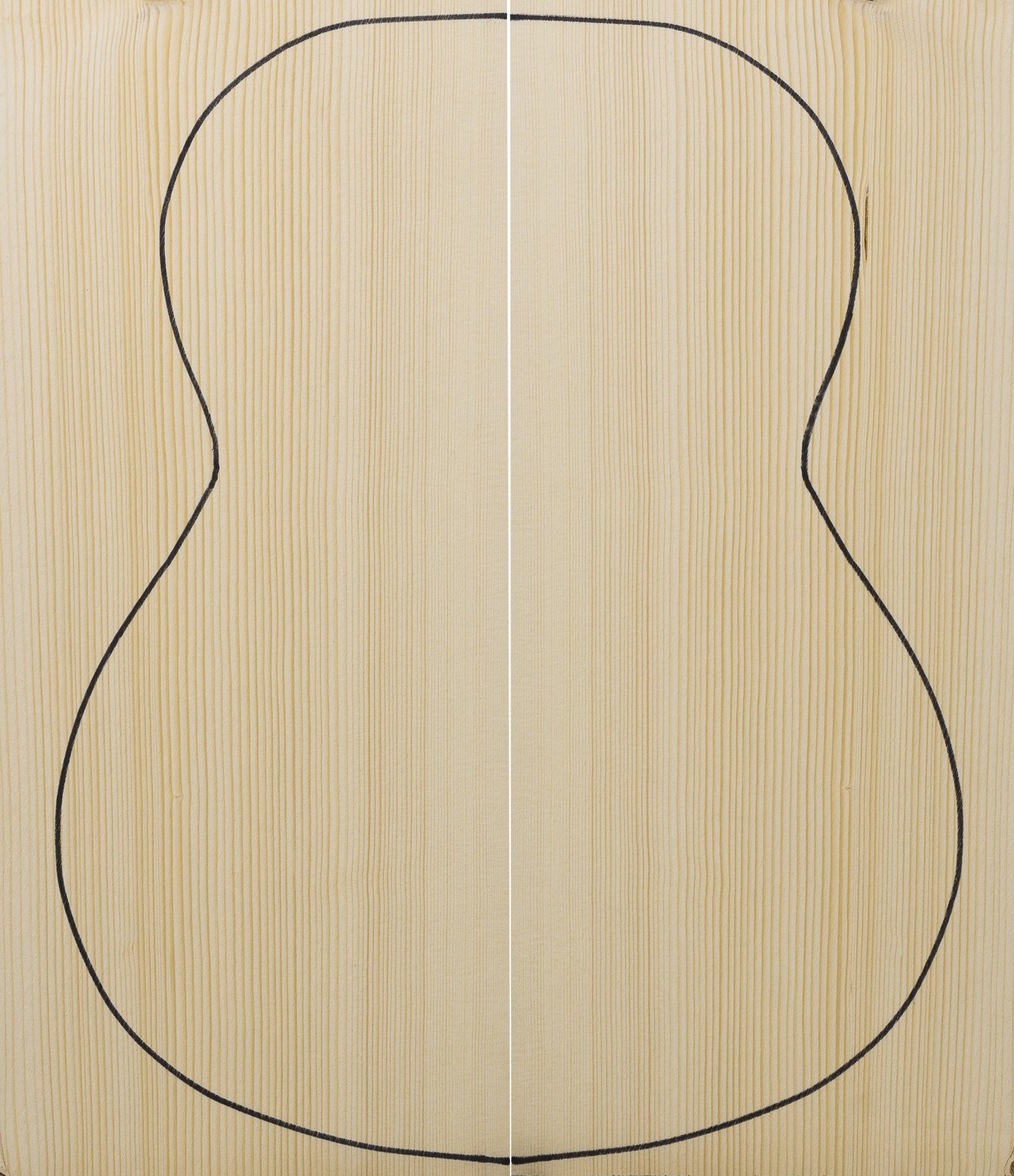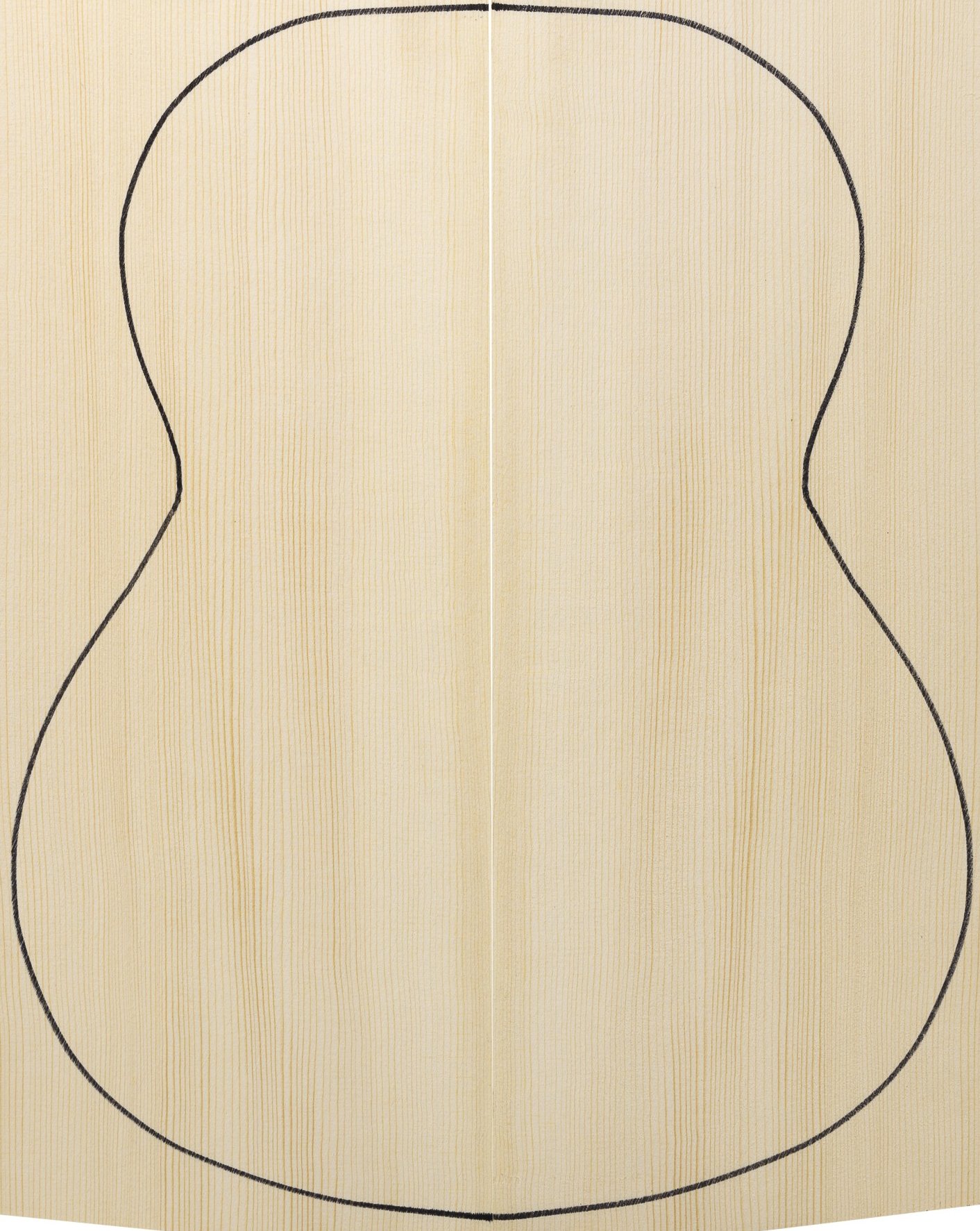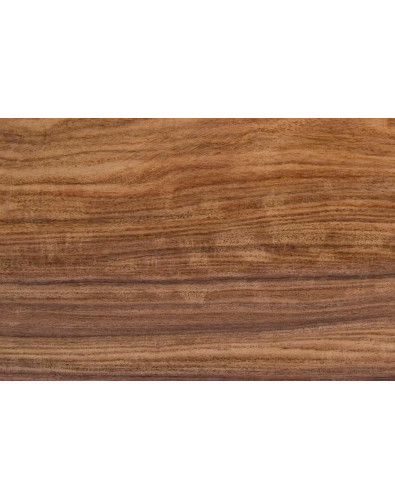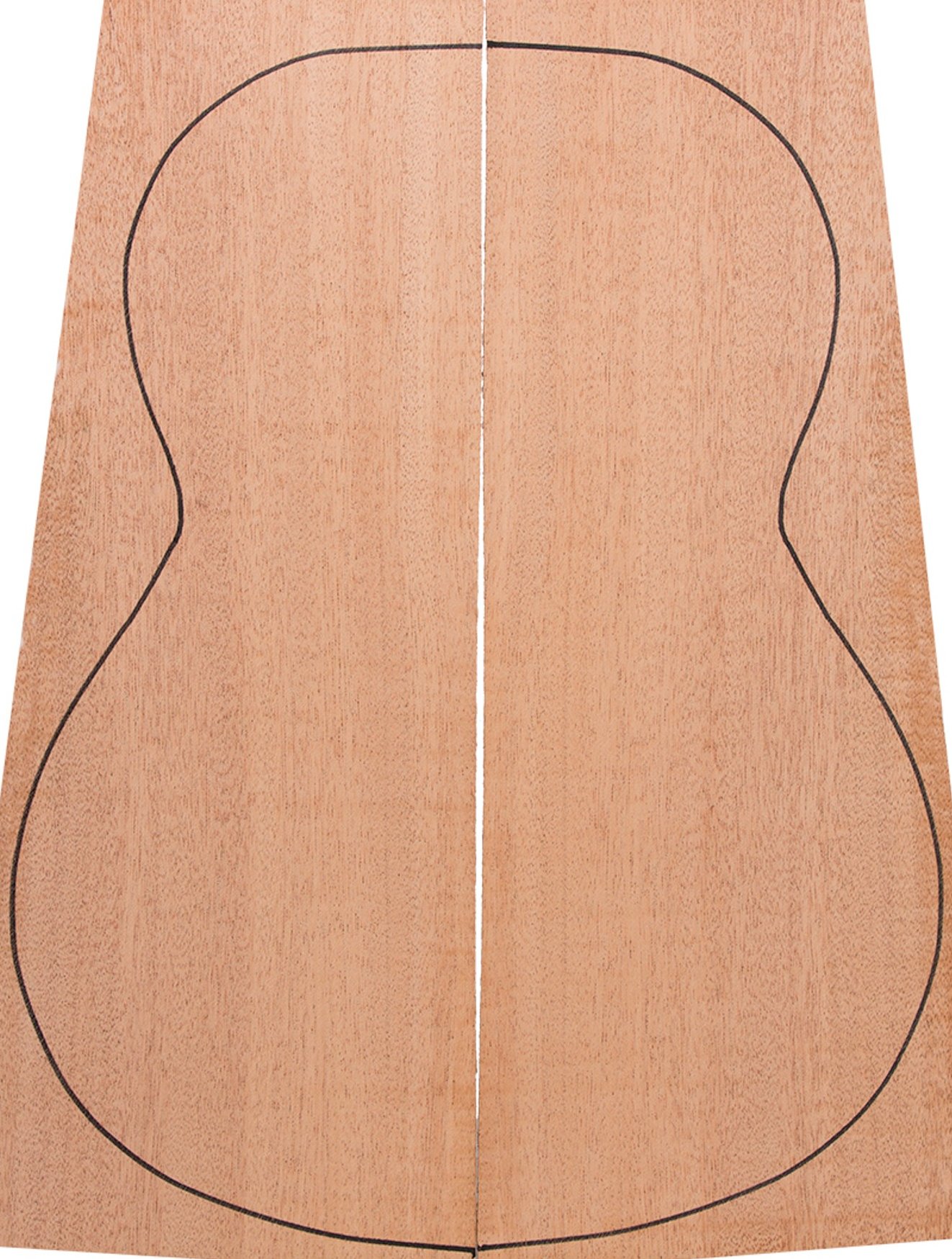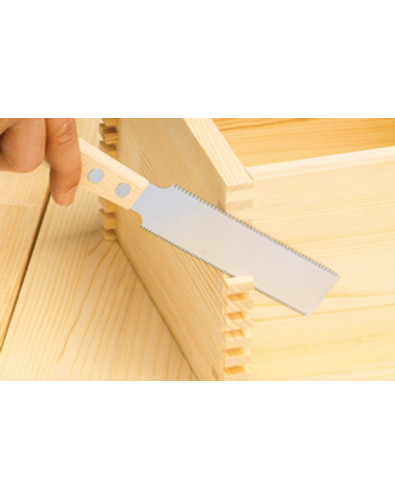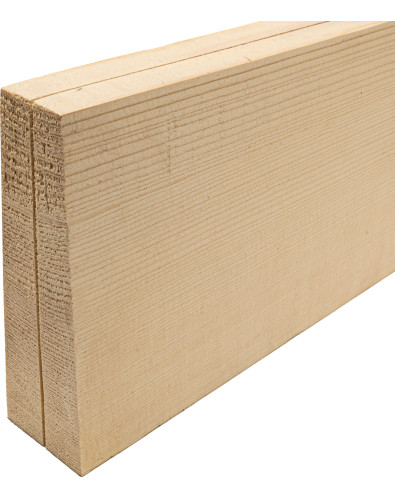A European Spruce Cello Tops
Overview A European Spruce Cello Top:
Looking for the best European spruce top for your next cello? Perfect. But first, let us tell you a little more about the wood you are about to buy:
The essence and techniques of cello making have remained virtually unchanged for centuries, and the same can be said for the types of wood used to create them. From the time of Stradivari to the present day, the predominant wood for the cello top has been, by far, European spruce.
An evergreen tree that is regarded as one of the best tonewoods is the European spruce (Picea abies). Any wood used to create musical instruments falls under the general definition of tonewood. Spruce has long been a highly sought-after tonewood for a variety of reasons. As far as tonewoods go, spruce has a very good stiffness-to-weight ratio, which means that even though it is light and needs to be carved down to a thin thickness to make a cello, it is still very strong. This is ideal for a bowed instrument because the wood needs to be able to hold its shape and withstand the constant tension the strings create. As well as being soft, spruce is a very dense wood. This density is what really makes it possible for a cello's vibrations to resonate throughout its structure. A wood that is overly porous is less effective at transmitting sound.
Regardless of the kind of spruce used, there are additional factors. First of all, cold, high-altitude regions are home to the majority of the spruce species that are most frequently used to make acosutic instruments. This is due to the fact that the tree's wood grows denser and the growth rings become more closely spaced at colder, more consistent temperatures. Both of these elements benefit an instrument's acoustic, structural, and aesthetic qualities.
How do we grade European spruce violin tops?
The A grade cello tops have a combination of the following characteristics: a generally straight grain, with more spaced growth rings than in higher grades. Color variations, it is possible to find traces of more intense tone. If knots are present, they will be small and will not affect acoustic performance. When cutting, we always try to achieve a 90º grain in the radial cut. If this is not the case, the variation will be only a few degrees in any case.
In addition to the top, you can find all the other woods you need to build your instrument in the Cello section of our website.
Features:
- Dimensions: (820x230/240x40/10mm)x2
- Botanical Name: Picea abies
- Origin: Europe
- Density: 440-470 Kg/m3
- Wood
- European Spruce
- Quality
- A
Reviews
No customer reviews for the moment. Log in for write a review.

